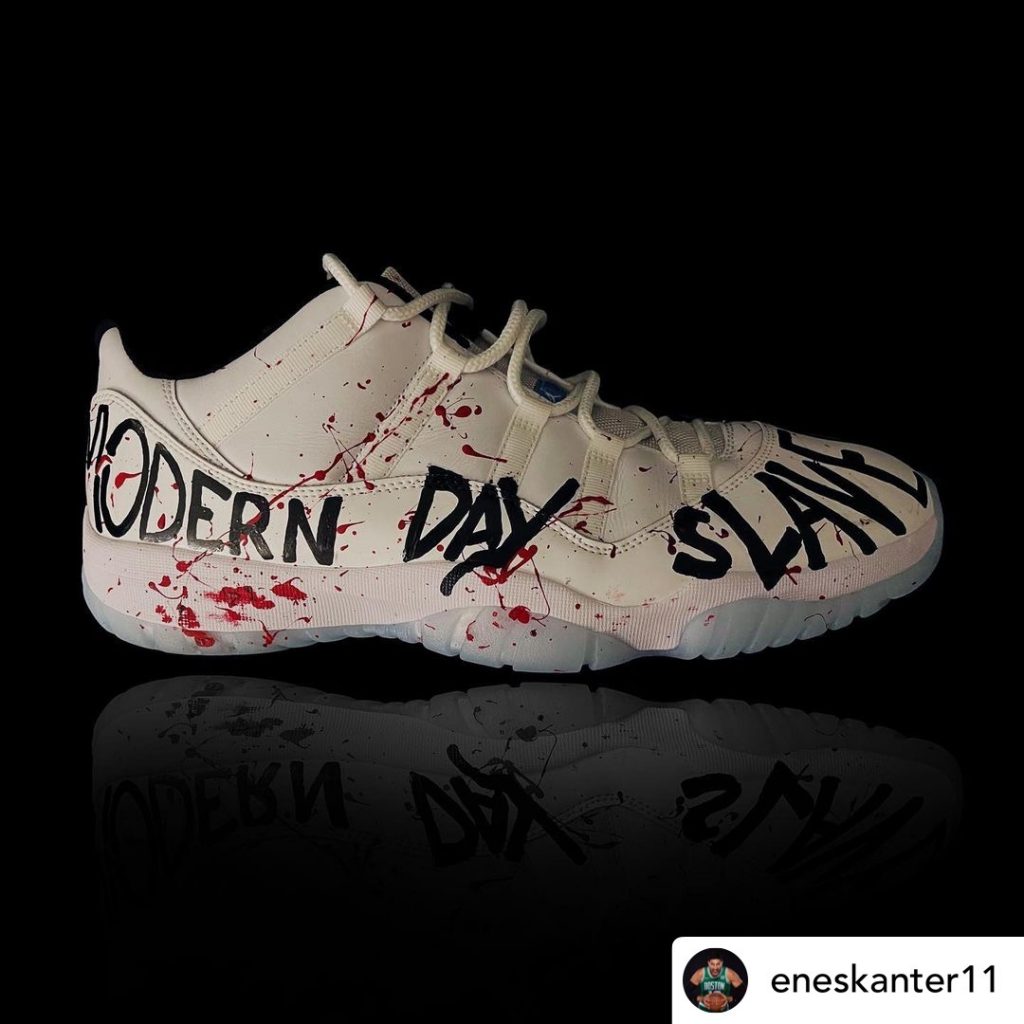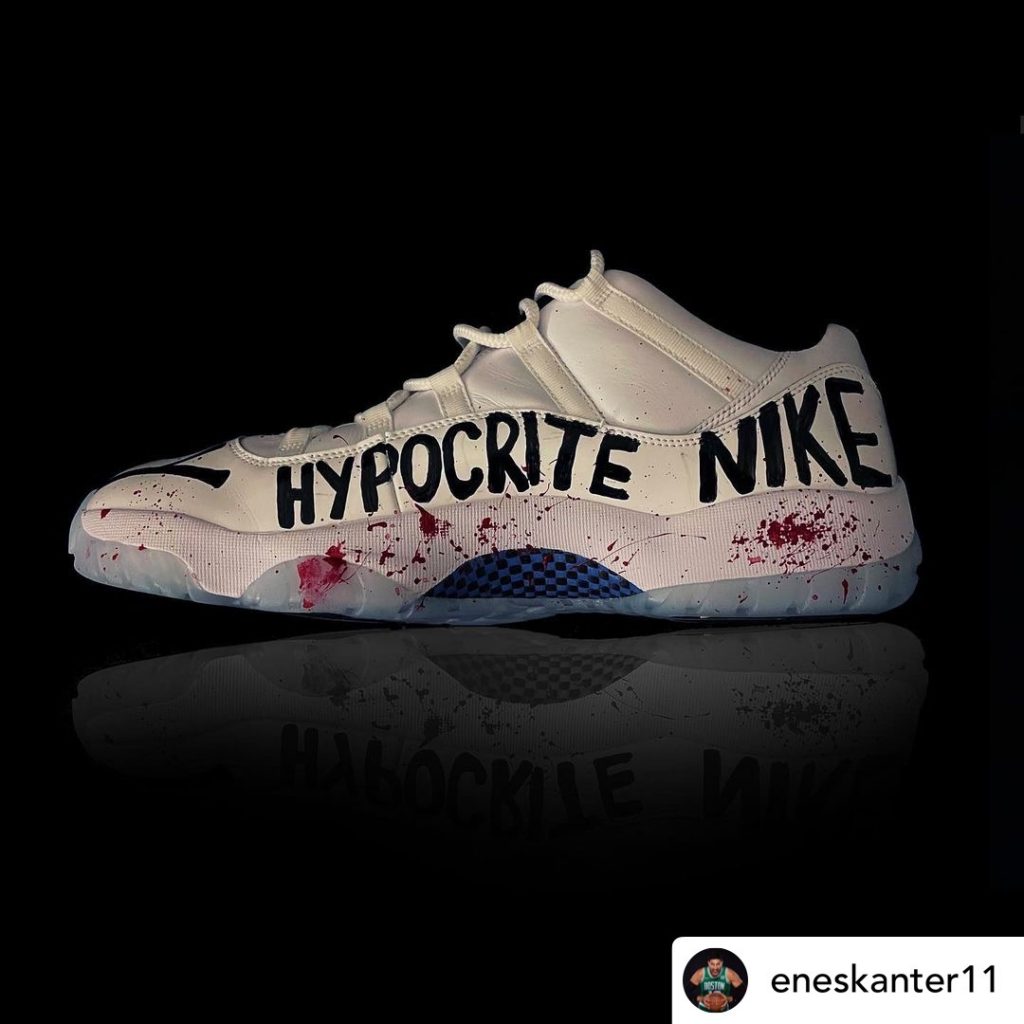Luxury is Dead
Do You Still Trust the Luxe Bubble?
There’s a statement we often repeat: luxury is dead. Though some look at us incredulously, our viewpoint isn’t a mere hyperbole. In fact, the recent Giorgio Armani controversy underscores this assertion.
What is luxury?
Luxury is about exclusive designs made in limited numbers and not mass-produced items. Since all top brands produce their garments in huge quantities, they stopped making luxury long ago. Also, all high-end brands are so overexposed you can see them everywhere, which collides with the idea of luxury itself. Therefore, luxury is dead.
Fashion industry, luxury and forced labour
In our exploration of the fashion industry’s relationship with forced labour, it became evident that luxury brands are lagging behind in efforts to reduce forced labour. (Read our post: “Behind the seams: fashion industry and forced labour”).
It is appalling to even consider the idea of forced labour reduction, as it implies a tacit acceptance of worker exploitation.
The news of Giorgio Armani Operations being put into receivership due to labour exploitation allegations further deepens this narrative. Shockingly, the accusations reveal the indirect subcontracting of production to Chinese companies that exploit workers with deplorable working conditions and starving wages. Workers in Chinese-run workshops paid 2-3 euros/day, judges say. Probe finds migrant workers eating, and sleeping in factories.
This revelation challenges the conventional perception of luxury, especially when juxtaposed with the exorbitant retail prices of their products. But as we said so many times, luxury and fast fashion are two faces of the same coin, just for different budgets.
Luxury is about skilled craftsmanship and quality materials, excellence made in limited quantities. But mass-produced garments and accessories with marketing manipulation, have created a fake luxury. Therefore, a bubble for people who need to feel safe behind a brand but have no understanding of quality. Both luxury and fast fashion follow the same pattern.
How luxury lost its way
When fashion businesses went from family-owned companies to big luxury conglomerates, the only luxury available was the one in the segment definition. Involved in overproduction to maximise profit, the figure of craftsmen tended to disappear. But how do brands grow profit? Exploiting workers and the planet, selecting poor quality materials to make products get a touch of class thanks to packaging and imposing locations. So, by selling a dream – illusionary luxe – they generate high margins.
In short, the transformation of fashion Maisons from family-owned businesses to profit-oriented conglomerates has eroded the essence of luxury, reducing it to a mere label devoid of substance.
Overproduction, exploitation, and unskilled craftsmanship taint today’s luxury fashion. The disappearance of the artisan in favour of cost-cutting measures and mass production has altered the fashion industry’s foundations. What was once synonymous with exclusivity and elegance has been diluted into a hollow semblance of its former self.
Redefining luxury
As designers, retailers and consumers, we must redefine our notion of luxury. Is it about status symbols and price tags? Or should it embody integrity, authenticity, and ethical practices? Let’s challenge the status quo and demand accountability from brands. True luxury isn’t about the price tag or the logo. It’s a commitment to craftsmanship, adequately paid, skilled hands, high-quality materials and exclusivity.
No luxury can exist at the cost of human dignity. Let’s vote with our wallets and support brands that uphold these values. Together, we can reshape the narrative of luxury for a more ethical future.
While the fashion industry grapples with its own contradictions in a state of therapeutic obstinacy, we assert that traditional luxury is dead. Ultimately, it becomes clear that principles rather than mere price points and status symbols define true luxury #formodernhumans.

